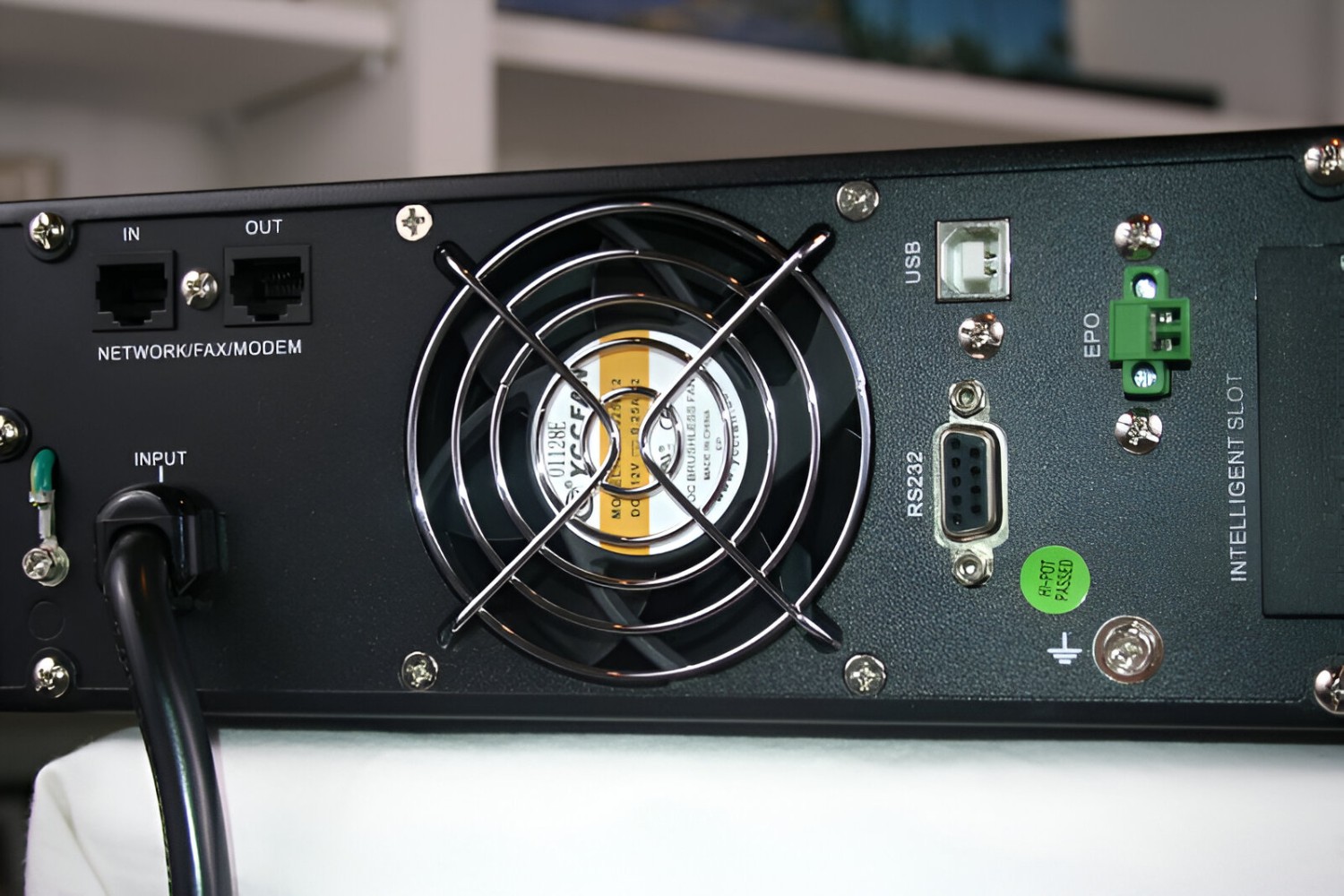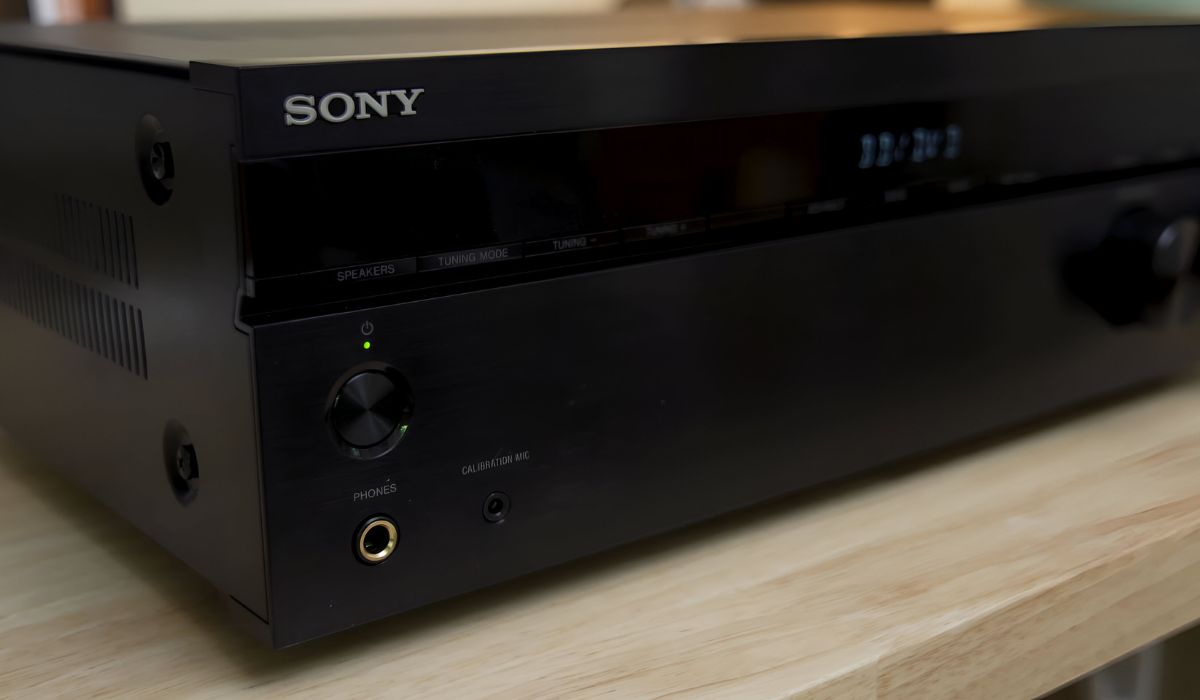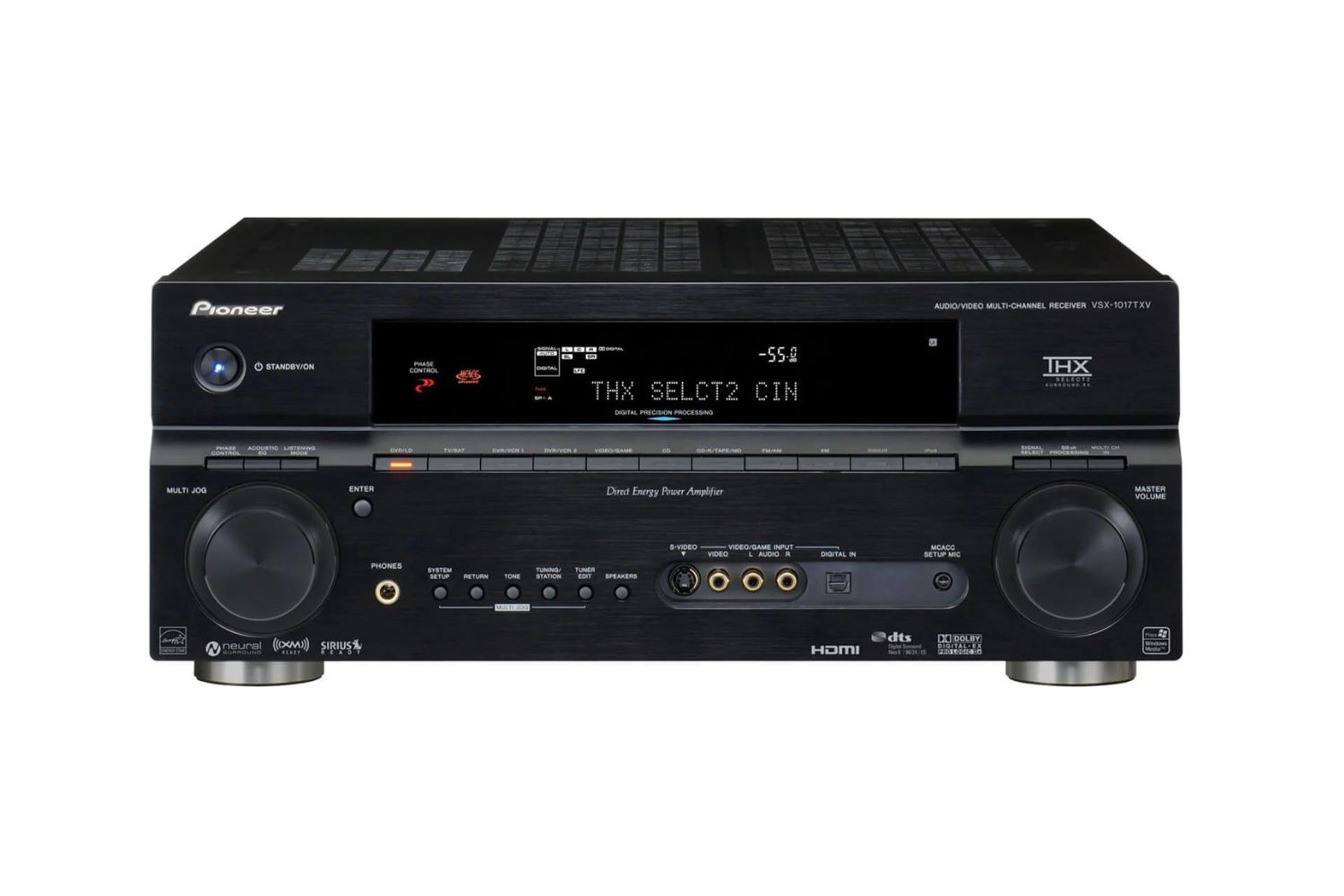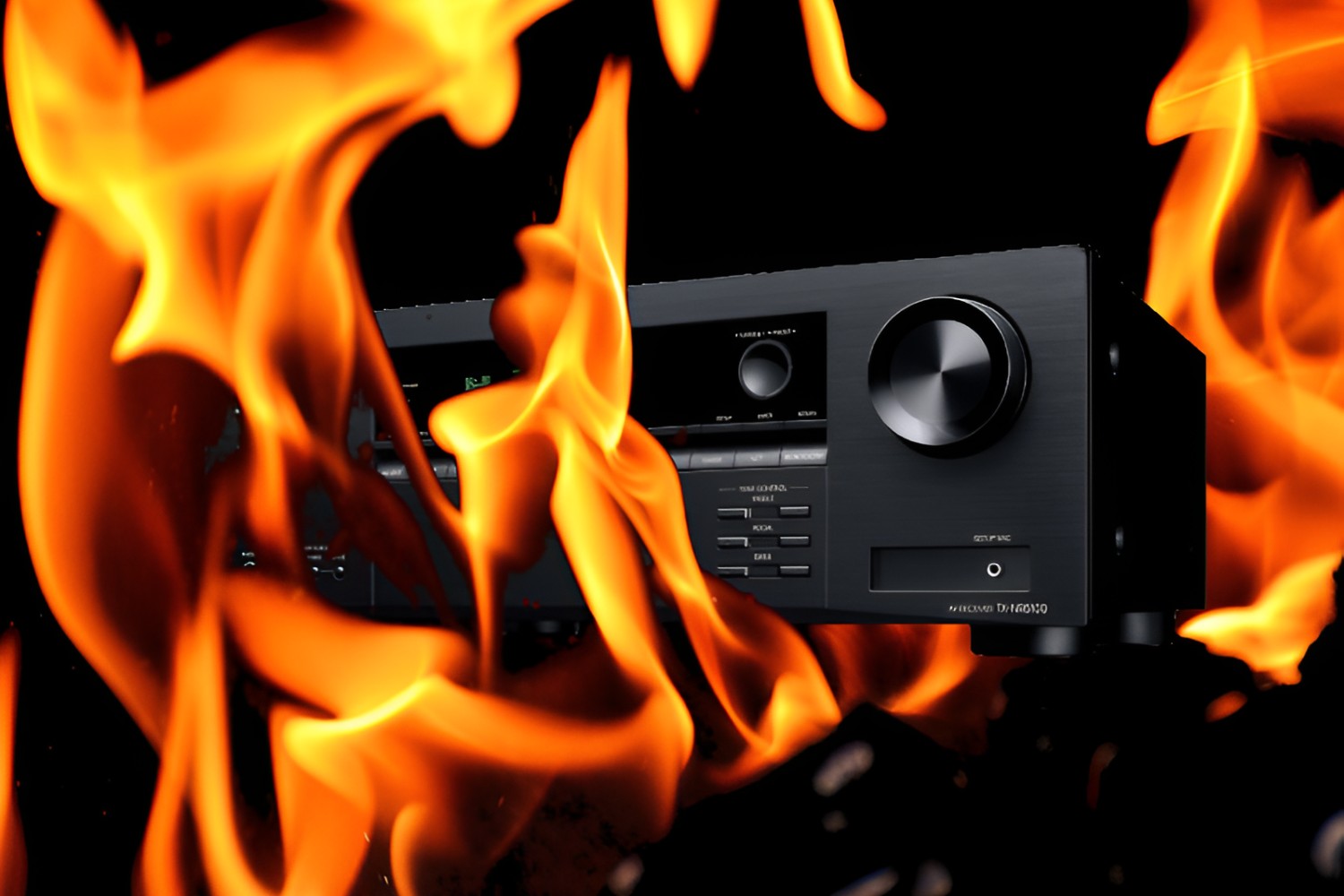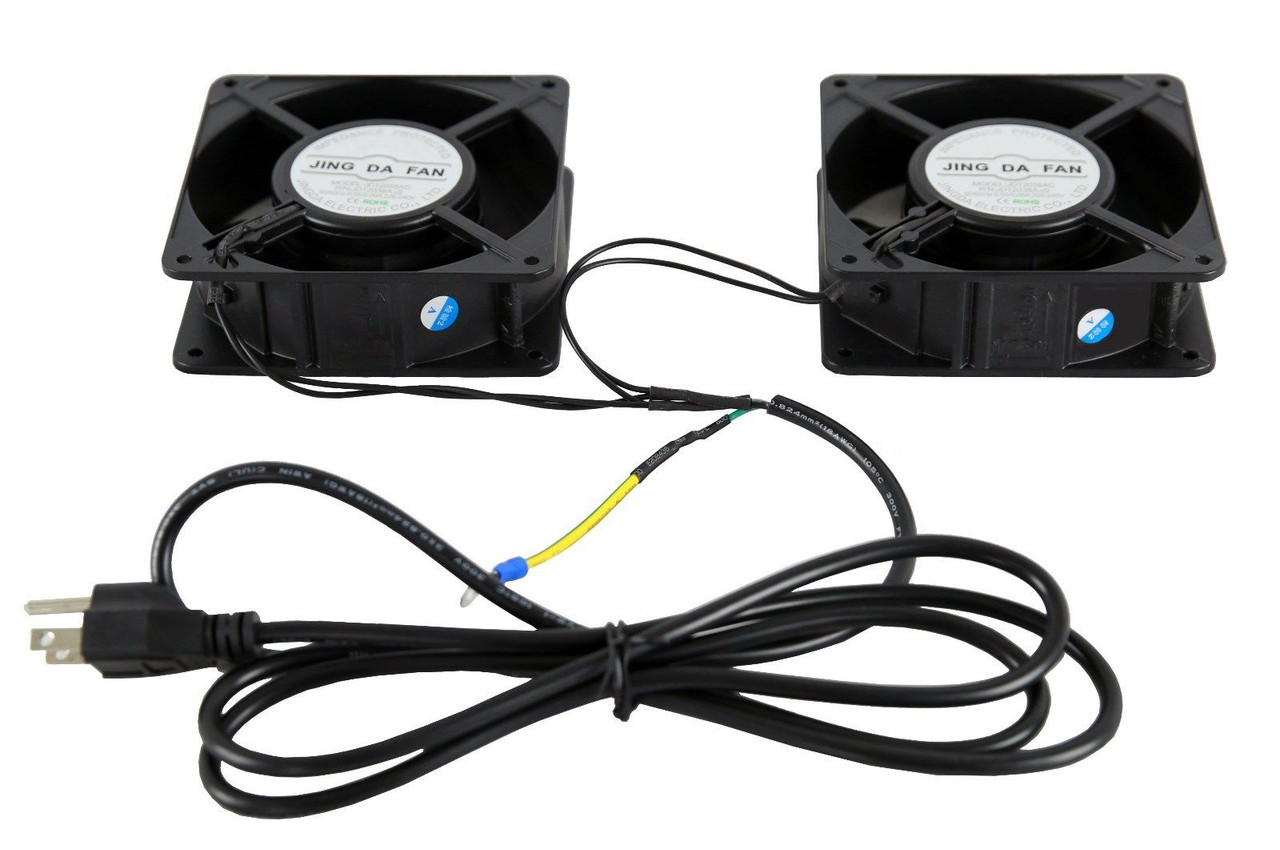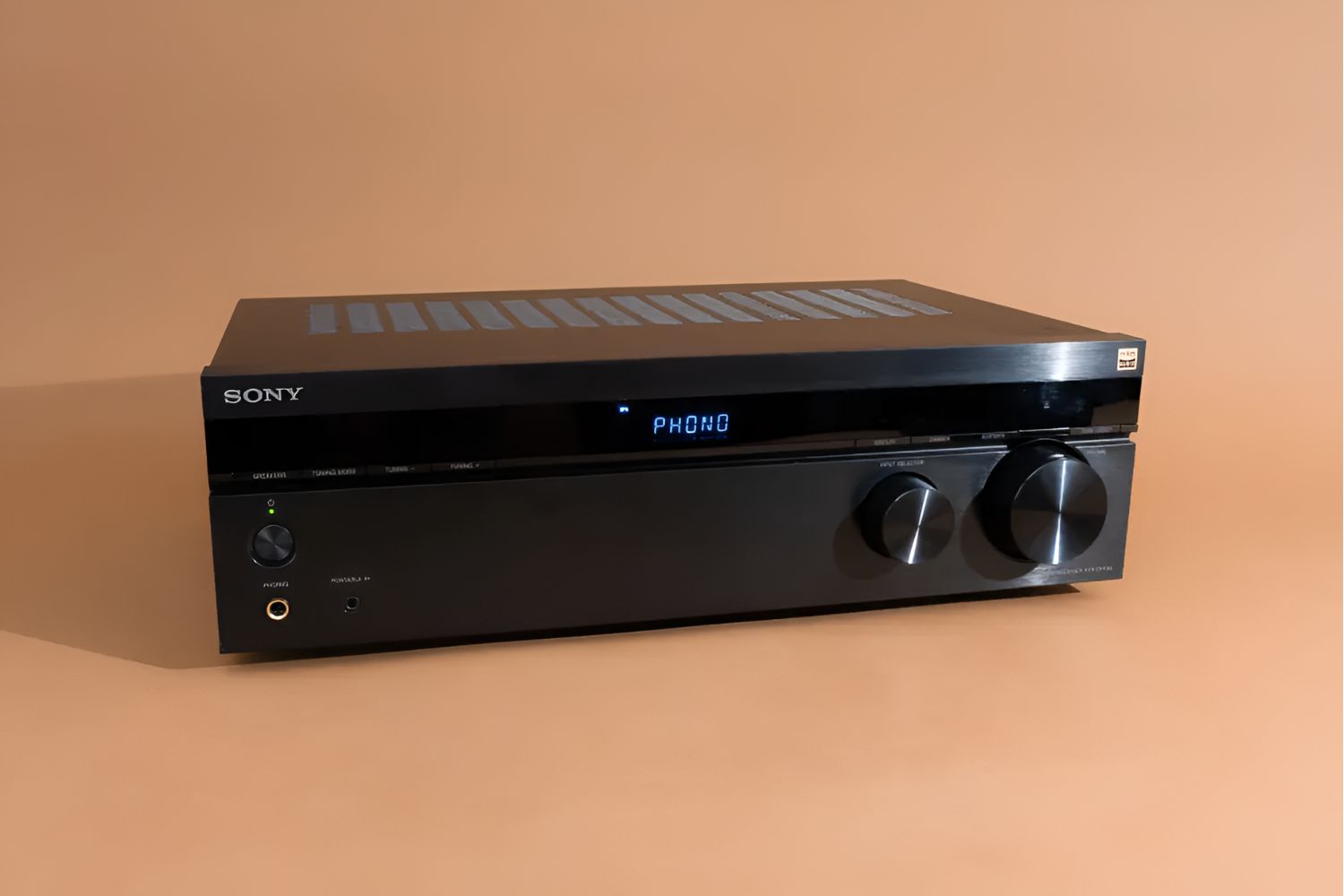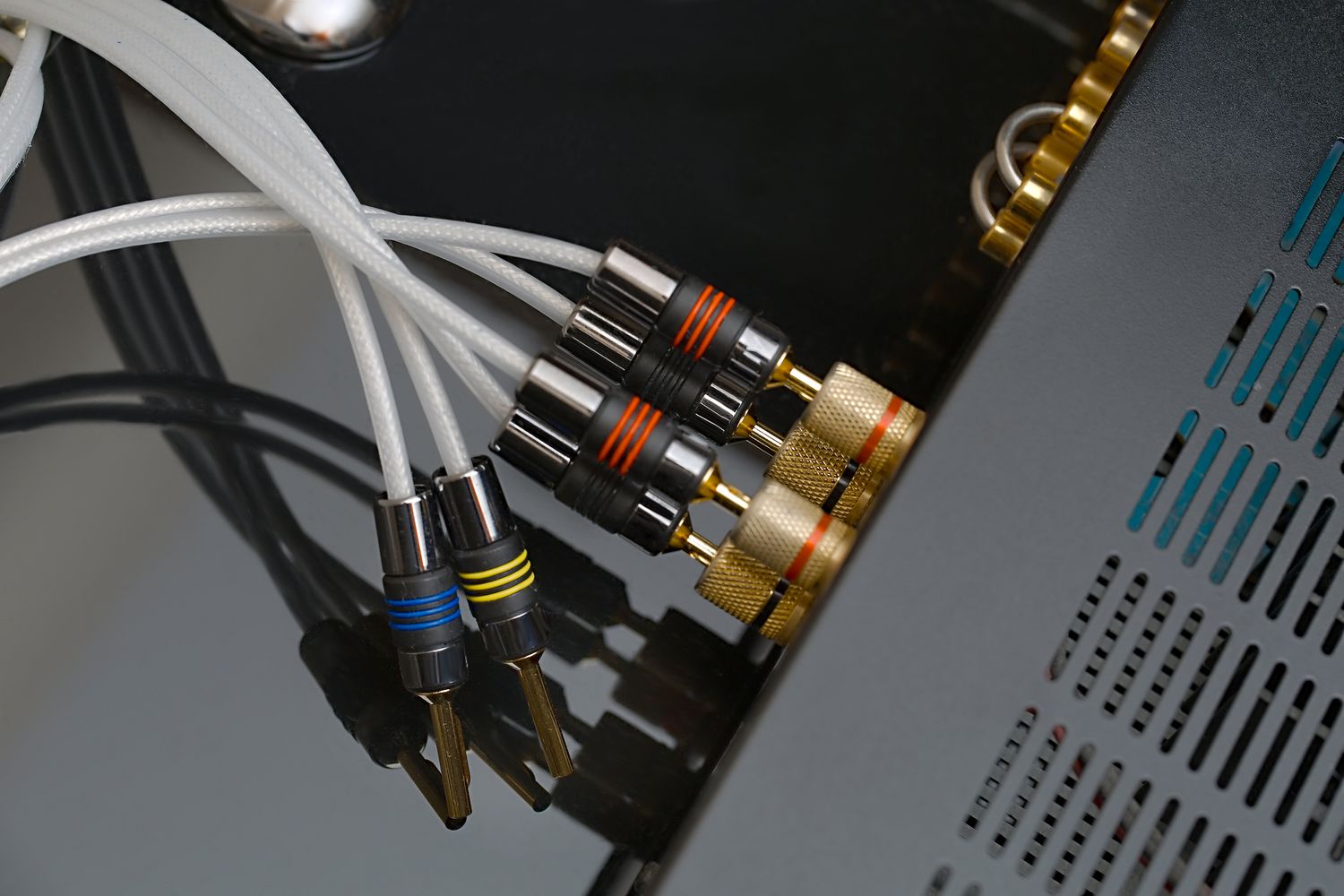Introduction
AV receivers, also known as audio-video receivers, are essential components of home entertainment systems. These devices serve as a central hub for connecting various audio and video sources, such as speakers, televisions, gaming consoles, and media players. To ensure optimal performance and longevity, AV receivers often incorporate cooling systems, including fans, to regulate internal temperatures and prevent overheating.
The proper functioning of fans within AV receivers is crucial for maintaining the integrity of internal components and preventing heat-related damage. Understanding the role of fans in AV receivers, as well as their types and maintenance, is essential for both consumers and enthusiasts in the realm of home entertainment technology.
In this article, we will delve into the significance of fans in AV receivers, elucidate how they contribute to cooling, explore the various types of fans used in these devices, discuss the factors to consider when choosing fans for AV receivers, and provide insights into the maintenance and care of these crucial components. By gaining a comprehensive understanding of the inner workings of fans in AV receivers, readers will be equipped to make informed decisions regarding the selection, usage, and upkeep of these vital cooling mechanisms.
Importance of Fans in AV Receivers
The inclusion of fans in AV receivers holds significant importance in ensuring the optimal functionality and longevity of these audio-video devices. AV receivers are designed to handle multiple audio and video inputs simultaneously, generating considerable heat during operation. Without an efficient cooling mechanism, the internal components of the receiver can be susceptible to overheating, which may lead to performance degradation and potential hardware failures.
Fans play a critical role in dissipating the heat generated within the AV receiver, thereby maintaining a consistent and moderate operating temperature. By expelling hot air and facilitating the inflow of cooler air, fans contribute to stabilizing the internal environment of the receiver, safeguarding sensitive electronic components from thermal stress and potential damage.
Furthermore, the proper functioning of fans in AV receivers ensures that the audio and video signals processed within the device remain uncompromised. Overheating can distort audio signals and degrade video quality, impacting the overall entertainment experience. Therefore, fans serve as guardians of the receiver’s performance, preserving the integrity of audio and video output by preventing overheating-related distortions.
For enthusiasts and consumers alike, recognizing the importance of fans in AV receivers underscores the necessity of maintaining these cooling mechanisms in optimal condition. Whether for immersive home theater experiences or seamless audio distribution, the presence of well-functioning fans in AV receivers is indispensable for achieving consistent, high-quality performance and prolonging the lifespan of these integral entertainment devices.
How Fans Help in Cooling
Fans in AV receivers play a pivotal role in facilitating the cooling process by expelling hot air and promoting the circulation of cooler air within the device. As the internal components of the AV receiver operate, they generate heat due to electrical resistance and power dissipation. Without an effective cooling mechanism, this accumulated heat can elevate the internal temperature, potentially leading to performance issues and hardware damage.
When the temperature within the receiver surpasses the optimal range, the fans are activated to initiate the cooling process. Typically, the fans are strategically positioned to draw in cooler air from the surrounding environment and direct it over the heat-generating components. This influx of cooler air aids in dissipating the accumulated heat, thereby preventing overheating and maintaining a stable operating temperature within the AV receiver.
Simultaneously, the fans expel the heated air from the receiver, ensuring that the internal environment remains conducive to the proper functioning of electronic components. This continuous cycle of air circulation, facilitated by the fans, effectively regulates the temperature within the AV receiver, safeguarding its internal mechanisms from heat-induced stress and potential damage.
By actively contributing to the cooling process, fans in AV receivers not only preserve the operational integrity of the device but also mitigate the risk of performance degradation and hardware failures. This essential function of fans underscores their significance in sustaining the reliable and consistent performance of AV receivers, ultimately enhancing the overall entertainment experience for users.
Types of Fans Used in AV Receivers
AV receivers employ various types of fans to facilitate efficient cooling and maintain optimal operating temperatures. Understanding the distinct characteristics and functionalities of these fan types is integral to comprehending their contributions to the cooling mechanisms within these devices.
1. Axial Fans: These fans feature blades that rotate around an axis, drawing air in parallel to the axis and expelling it in the same direction. Axial fans are commonly used in AV receivers due to their compact design and ability to move substantial volumes of air while operating at relatively low noise levels. Their effectiveness in dissipating heat makes them a popular choice for cooling AV receivers without compromising on acoustic comfort.
2. Centrifugal Fans: Unlike axial fans, centrifugal fans propel air at a right angle to the intake of the fan. This radial airflow direction allows them to generate higher static pressure, making them suitable for applications where air needs to be forced through restricted spaces or across heat sinks within AV receivers. Centrifugal fans are adept at maintaining consistent airflow in environments with high resistance, ensuring efficient cooling in confined spaces.
3. Blower Fans: Blower fans, also known as tangential fans, are characterized by their unique design, which involves the use of a cylindrical rotor with multiple blades. These fans draw air in parallel to the axis of rotation and expel it in the same direction, creating a broad, uniform airflow. Blower fans are favored in AV receivers for their ability to distribute air evenly across heat-generating components, promoting effective cooling and temperature regulation.
4. Dual-Fan Configurations: Some AV receivers utilize dual-fan configurations to enhance cooling efficiency. By incorporating two fans operating in tandem, these configurations maximize airflow and heat dissipation, ensuring comprehensive cooling coverage within the receiver. Dual-fan setups are particularly beneficial for larger AV receivers or those with higher thermal loads, optimizing the cooling process to maintain consistent and moderate internal temperatures.
Understanding the diverse applications and advantages of these fan types is essential for selecting the most suitable cooling solution for AV receivers, aligning with specific performance requirements and spatial constraints. By leveraging the distinct capabilities of these fan types, AV receiver manufacturers can tailor cooling systems to effectively mitigate heat-related challenges, ensuring reliable and sustained performance for these integral components of home entertainment systems.
Factors to Consider When Choosing Fans for AV Receivers
When selecting fans for AV receivers, several critical factors should be taken into account to ensure optimal cooling performance and operational reliability. By carefully evaluating these considerations, consumers and manufacturers can make informed decisions regarding the choice of fans, aligning with the specific cooling requirements and spatial constraints of AV receiver applications.
1. Airflow Requirements: Assessing the airflow requirements of the AV receiver is essential for determining the appropriate fan specifications. Factors such as the thermal load, internal layout, and ventilation design influence the volume of airflow needed to effectively dissipate heat. Understanding these requirements enables the selection of fans with suitable airflow capacities to maintain consistent cooling performance within the receiver.
2. Noise Levels: Balancing cooling efficiency with acoustic comfort is crucial, especially for home entertainment settings. Fans with lower noise emissions are preferred for AV receivers, as they contribute to a quieter and more immersive audio-visual experience. Evaluating the noise characteristics of fans and selecting models with optimized acoustics ensures minimal auditory interference while sustaining efficient cooling operations.
3. Space Constraints: The physical dimensions of the AV receiver and the available installation space influence the selection of fans. Compact and slim-profile fans are advantageous for applications with limited space, allowing for seamless integration without compromising cooling capabilities. Considering spatial constraints ensures that the chosen fans align with the form factor and installation requirements of the AV receiver.
4. Static Pressure: Assessing the static pressure capabilities of fans is crucial, particularly for AV receivers with restrictive airflow paths or heat sink configurations. Fans with higher static pressure ratings are adept at overcoming airflow resistance, ensuring effective cooling in environments with elevated impedance. Understanding the static pressure requirements enables the selection of fans that can maintain consistent airflow across internal components.
5. Reliability and Longevity: Opting for fans with proven reliability and extended operational lifespans is essential for sustaining consistent cooling performance over the operational life of the AV receiver. Factors such as bearing type, motor quality, and durability assessments contribute to the overall reliability of fans. Prioritizing long-term reliability ensures sustained cooling efficacy and mitigates the need for frequent maintenance or replacements.
By considering these fundamental factors when choosing fans for AV receivers, consumers and manufacturers can navigate the diverse array of fan options to identify solutions that align with the specific cooling requirements and performance expectations of these integral home entertainment devices.
Maintenance and Care of Fans in AV Receivers
Ensuring the proper maintenance and care of fans in AV receivers is essential for preserving their cooling efficiency and prolonging their operational lifespan. By adhering to routine maintenance practices and adopting proactive care measures, users can optimize the performance and reliability of the fans, contributing to the overall longevity and functionality of the AV receiver.
1. Dust and Debris Management: Regularly inspecting and cleaning the fans to remove accumulated dust and debris is crucial for preventing airflow obstructions and maintaining optimal cooling performance. Dust buildup can impede the fan blades and obstruct airflow, leading to reduced cooling efficacy and potential overheating. Employing compressed air or soft brushes to gently clean the fans helps mitigate the impact of dust accumulation.
2. Lubrication and Bearing Maintenance: Fans with lubricated bearings benefit from periodic lubrication to sustain smooth operation and minimize friction-induced wear. Following manufacturer guidelines for bearing lubrication intervals and utilizing compatible lubricants are essential for preserving the integrity of the fan’s bearings. Proper lubrication contributes to reduced operational noise and prolonged bearing longevity.
3. Monitoring Fan Speed and Operation: Utilizing monitoring tools or built-in diagnostics to assess fan speed and operation aids in identifying irregularities or potential issues. Anomalies in fan speed or irregular operation may indicate impending mechanical failures or obstructions, warranting timely intervention to address underlying issues and ensure consistent cooling performance.
4. Environmental Considerations: Positioning the AV receiver in environments with adequate ventilation and moderate ambient temperatures is beneficial for mitigating heat-related stress on the fans. Avoiding placement in enclosed spaces or areas with restricted airflow minimizes the workload on the fans, promoting efficient cooling and reducing the risk of overheating-related complications.
5. Fan Replacement and Upgrades: Over time, fans may experience wear and diminished performance, necessitating replacement or upgrades. Proactively assessing the condition of fans and considering modern, energy-efficient replacements aligns with the goal of sustaining optimal cooling capabilities within the AV receiver. Upgrading to advanced fan models can enhance cooling efficiency and contribute to prolonged operational reliability.
By incorporating these maintenance practices and care considerations into the upkeep of fans in AV receivers, users can fortify the cooling capabilities of these devices, mitigate the risk of heat-induced malfunctions, and prolong the operational lifespan of the fans, ultimately contributing to the sustained performance and reliability of the AV receiver.







